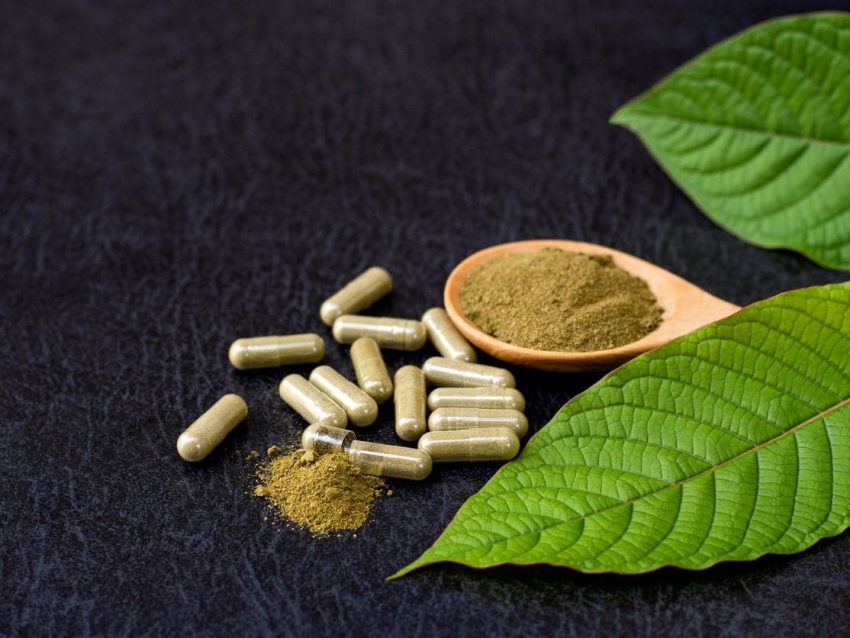Kratom is a tropical plant native to Southeast Asia, long used in small doses as a herbal remedy to boost energy or relieve pain. Its active compounds—mitragynine and 7-hydroxymitragynine—bind to opioid receptors in the brain, producing feelings of relaxation, pain relief, even euphoria when taken in larger amounts. While many people believe kratom is safer than prescription opioids, its potency varies and overuse can lead to serious changes in brain chemistry and dependence.
Why Kratom Can Become Addictive
What starts as occasional use can escalate quickly. Users may increase their dosage to maintain the desired effects as tolerance builds. Dependence sets in when normal functioning becomes tied to having kratom in the system—without it, emotional instability, stress, or physical discomfort may follow. Like other substances that affect opioid receptors, prolonged kratom use changes how the body responds to pain, stress, and reward.
Signs of Abuse & Withdrawal Symptoms
Physical signs of kratom misuse can include constipation, nausea, muscle aches, sweating, fatigue, and sometimes more intense symptoms like rapid heartbeat or tremors. Psychologically, people might experience anxiety, mood swings, insomnia, or depression when trying to cut back. More subtle behavioral changes can slip in: someone might start hiding their use, isolating themselves, or letting responsibilities slide.
How Treatment Works: Detox, Therapy, & Structured Care
Treatment begins with medical detoxification—an important step to safely manage withdrawal. An effective facility will then offer a range of care levels: outpatient programs, partial hospitalization, residential/inpatient care, therapy (individual, group, family), holistic and behavioral therapies, and aftercare planning to support long-term recovery. Telehealth services may also be offered for convenience and continuity.
Tolerance, Dosage, & Statistics
Many people underestimate how fast tolerance can build. What was once a small dose may become many grams daily. Some reports estimate millions of Americans use kratom, often self-medicating for pain, mood disorders, or to reduce withdrawal from other substances. Because kratom is unregulated, dosage and product purity vary widely—raising overdose risk or harm from contaminants.
How Long Recovery Takes & What Influences It
There’s no single timeline for kratom recovery. The length depends on how long someone used, their daily dose, co-occurring mental or physical health conditions, support systems, and what kind of treatment they enter into. People with stronger support, earlier intervention, and access to comprehensive services (therapy, medical oversight, peer support) typically recover more steadily. Aftercare and relapse prevention are crucial for sustaining progress.
Local Rehab Considerations for Substance-Specific Treatment
If you’re looking for treatment in regions like Texas, a Dallas Drug Rehab program that treats not just traditional opioids but also herbal substances like kratom can be very valuable. A center with experience in kratom’s unique withdrawal symptoms, and that offers medical detox + counseling + flexible care options, tends to give better outcomes.
When alcohol misuse is also a concern—for example, someone using kratom and alcohol—then a Dallas alcohol rehab facility that treats multiple substance dependencies becomes more suitable. Alcohol can complicate withdrawal and mental health, so integrated care that addresses both is often more effective than treating each substance in isolation.
Taking the First Step Toward Recovery
Recovery starts when someone admits there’s a problem. From there, key actions include seeking a facility that offers medical detox, therapy, structured programs (inpatient, outpatient, telehealth), evaluating whether dual diagnosis support is provided (if mental health conditions exist), and ensuring that aftercare and relapse prevention are part of the plan. With consistent support, healing is very possible—even from substances that sometimes seem less “serious” like herbal ones, because addiction is more than just the substance—it’s how it affects your life.

